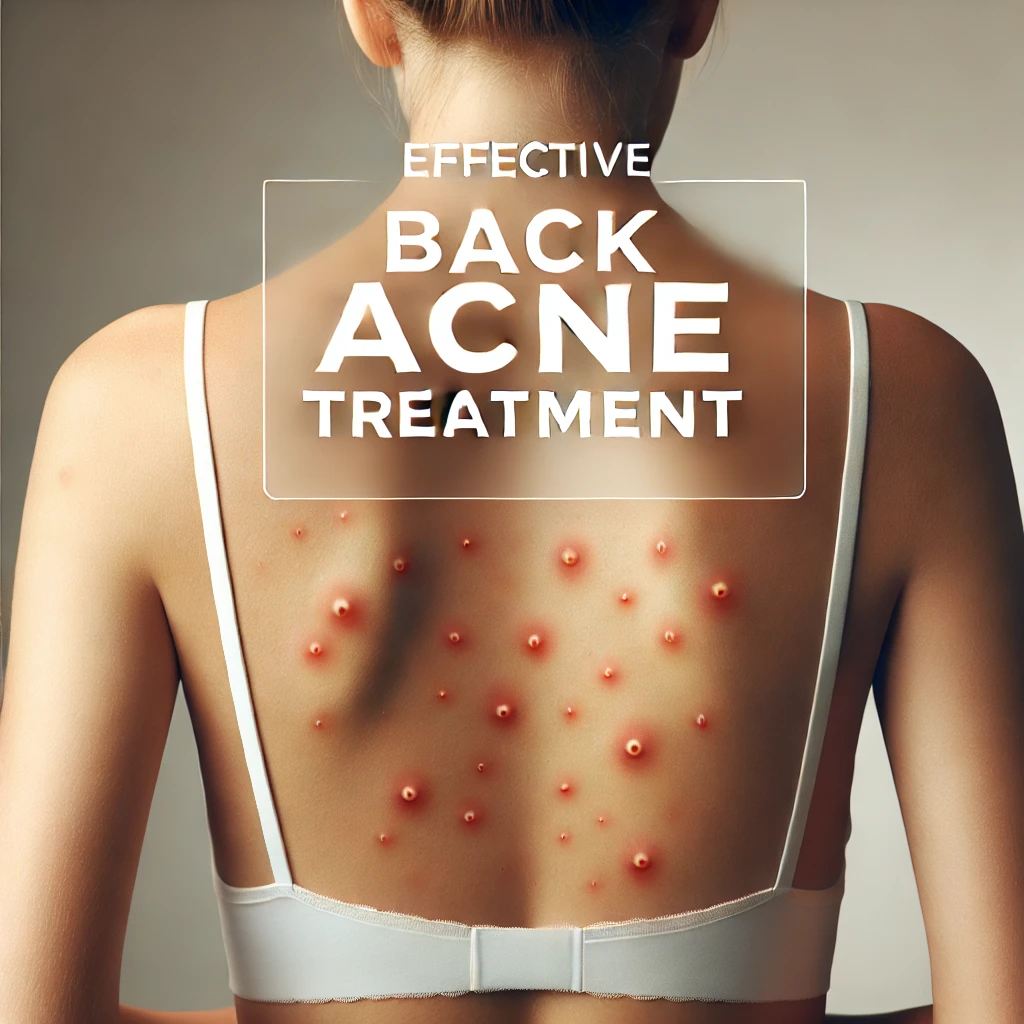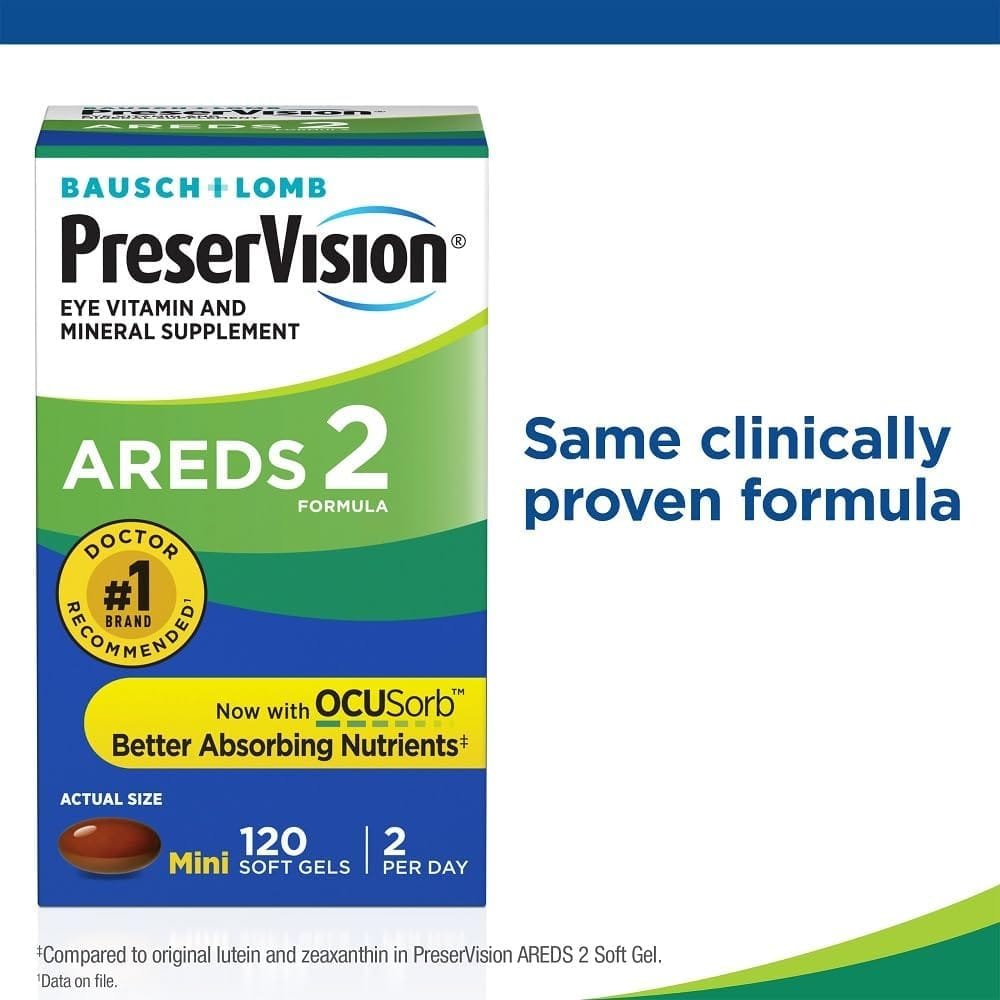Understanding Back Acne and Itching
Back acne, commonly referred to as “bacne,” is a prevalent condition that affects individuals across various age groups and skin types. The underlying causes of back acne and itching extend beyond simple surface-level issues. One of the primary contributors is hormonal imbalances, which can lead to increased oil production in the skin. This excessive oil mixes with dead skin cells and bacteria, often resulting in clogging of the pores. As a consequence, acne lesions appear, ranging from small papules to larger cystic formations.
Another significant factor is excessive sweating, particularly during physical activities. Sweat can combine with oils on the skin’s surface, promoting bacterial growth and pore blockage. Poor hygiene practices exacerbating the buildup of sweat and oil can significantly contribute to the development of back acne. Furthermore, certain types of clothing, especially those that are tight-fitting or made from non-breathable fabrics, can create friction and trap moisture against the skin, fostering an ideal environment for acne to thrive.
Blocked pores are pivotal in the manifestation of back acne. When pores are obstructed by an accumulation of dead skin cells, oil, and bacteria, inflammation occurs, leading to the visible symptoms of acne. The initial signs of back acne often start with mild itching, redness, and small pimples. If left untreated, these can progress to more severe forms, including painful cysts and notable irritation, complicating the skin condition further.
While back acne is a common problem among teenagers due to hormonal changes during puberty, adults are not exempt. Factors such as stress, dietary habits, and genetics also play roles. Recognizing the early symptoms, which typically include mild itching and small red bumps, is crucial for prompt intervention to prevent progression to severe acne and significant discomfort.
Lifestyle Changes to Prevent Back Acne and Itching
- GENTLE NON-ABRASIVE LEAVE-ON EXFOLIANT: With 2% BHA (Beta hydroxy acid), to unclog & diminish enlarged pores, exfoliate …
- Dramatically improves skin’s texture for radiant youthful even-toned skin. Beta hydroxy acid (BHA, also known as salicyl…
- HYDRATE, BRIGHTEN & SMOOTH FINE LINES: Our unique, non-abrasive, leave-on exfoliant is gentle enough for daily use on al…

Adjusting everyday habits can have a profound impact on reducing the occurrence of back acne and itching. Maintaining proper hygiene plays a critical role in preventing these skin issues. Regular showering, especially after sweating, helps to cleanse the skin from oils, dirt, and bacteria that clog pores. Utilizing antibacterial soaps can further aid in removing harmful microorganisms that contribute to acne development. Additionally, exfoliating the back periodically can help remove dead skin cells, reducing the risk of clogged pores.
Choosing the right clothing is another essential aspect. Opting for breathable fabrics, such as cotton, can significantly reduce sweating and irritation. Tight-fitting clothes, especially those made from synthetic materials, can trap sweat and bacteria against the skin, exacerbating acne and itching. Ensuring that gym clothes and sports gear are washed regularly can also prevent bacteria buildup.
Diet and hydration are key factors in skin health. Staying hydrated by drinking plenty of water helps maintain the skin’s elasticity and aids in flushing out toxins. A balanced diet rich in vitamins and minerals supports overall skin health. Foods high in antioxidants, such as fruits and vegetables, can protect the skin from inflammation and damage. On the other hand, excessive consumption of dairy and sugary foods has been linked to increased breakouts. Moderating intake of these can help prevent back acne.
Incorporating regular exercise into one’s routine is beneficial, as it enhances blood circulation and promotes the removal of toxins through sweat. It is crucial, however, to shower promptly after exercising to prevent sweat from sitting on the skin for too long. Alongside physical activity, managing stress through techniques such as yoga and meditation can have a calming effect on the skin. Stress often triggers hormonal imbalances, which can lead to breakouts and itching.
Topical Treatments and Home Remedies
Treating back acne and itching effectively often requires a combination of over-the-counter (OTC) treatments and natural remedies. Topical treatments such as salicylic acid, benzoyl peroxide, and retinoids have proven efficacy in addressing these skin concerns. Salicylic acid works by exfoliating the skin and unclogging pores, reducing acne severity and preventing new breakouts. Benzoyl peroxide, on the other hand, kills acne-causing bacteria and reduces inflammation, while retinoids promote cell turnover to prevent pore blockages.
For those seeking natural alternatives, several remedies can help alleviate back acne and itching. Tea tree oil is known for its antibacterial properties and can be applied directly to the affected area using a cotton ball. Apple cider vinegar is another popular choice due to its antimicrobial and pH-balancing qualities. Dilute it with water at a 1:3 ratio before application to prevent skin irritation. Aloe vera gel is immensely soothing and can reduce redness and inflammation when applied generously to the back.
Home remedies can play a significant role in managing back acne and itching. A DIY exfoliating scrub made with oatmeal and honey can be particularly beneficial. Oatmeal serves as a gentle exfoliant that removes dead skin cells, while honey aids in healing due to its antibacterial properties. To make this scrub, mix equal parts ground oatmeal and honey into a paste and gently massage onto the back before rinsing off with warm water.
Ice packs are an effective method for instantly reducing swelling and itchiness. Wrap an ice pack in a clean cloth and apply it to the affected area for 10-15 minutes. This simple treatment can provide significant relief, especially for inflamed acne. However, individuals with sensitive skin should proceed with caution and conduct a patch test before fully applying any new treatments. Side effects such as redness, dryness, or irritation can occur and should be monitored to avoid worsening the condition.
When to Seek Professional Help
Back acne and itching can often be managed with over-the-counter treatments and good skincare practices. However, there are specific scenarios where professional intervention becomes crucial. If you experience severe, persistent back acne that shows little to no improvement with standard treatments, it may be time to consult a dermatologist. This is especially important when back acne is accompanied by extreme pain, significant inflammation, or if the condition worsens over time.
A dermatologist can offer advanced treatments that are not available in regular stores. Prescription medications, such as oral antibiotics or topical retinoids, can effectively target bacteria and reduce inflammation. In cases where back acne is particularly stubborn, chemical peels might be recommended to exfoliate the skin deeply and promote renewed cell growth. Laser therapy is another innovative option that addresses acne by targeting and minimizing the sebaceous glands’ activity, which can reduce the likelihood of future breakouts.
Professional guidance also allows for a personalized skincare routine tailored to your specific needs. A dermatologist can assess the unique aspects of your skin condition and recommend products and treatments that suit your skin type and severity of acne. This tailored approach not only helps in treating the current outbreak but also aids in the prevention of future issues. Early and accurate diagnoses, coupled with expert advice, can significantly enhance the management of back acne and itching.
Do not hesitate to seek expert advice if your back acne or itching persists or if you have concerns about your skin’s health. Being mindful of your skin and proactive about professional consultations can lead to effective care and long-term relief. Access to professional treatments and specialized skincare regimens can make a substantial difference in achieving clear, healthy skin. Taking the step to consult a dermatologist ensures that you are giving your skin the best possible care, especially when over-the-counter solutions are not sufficient.









